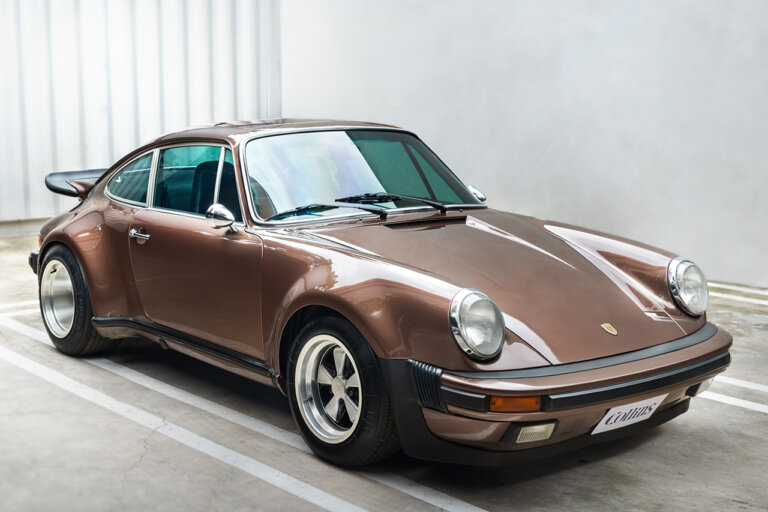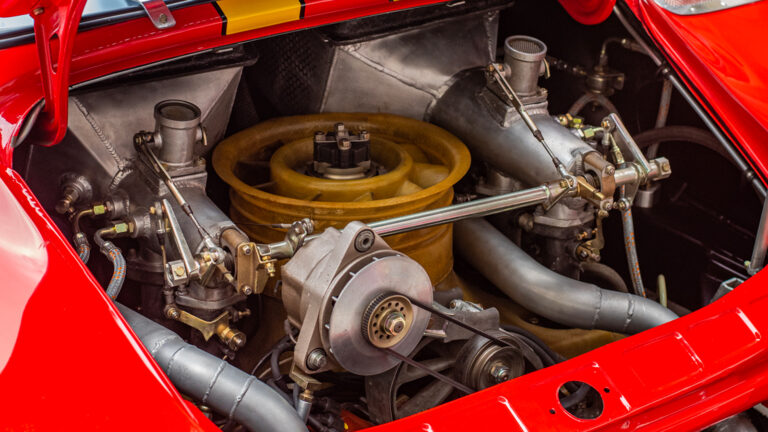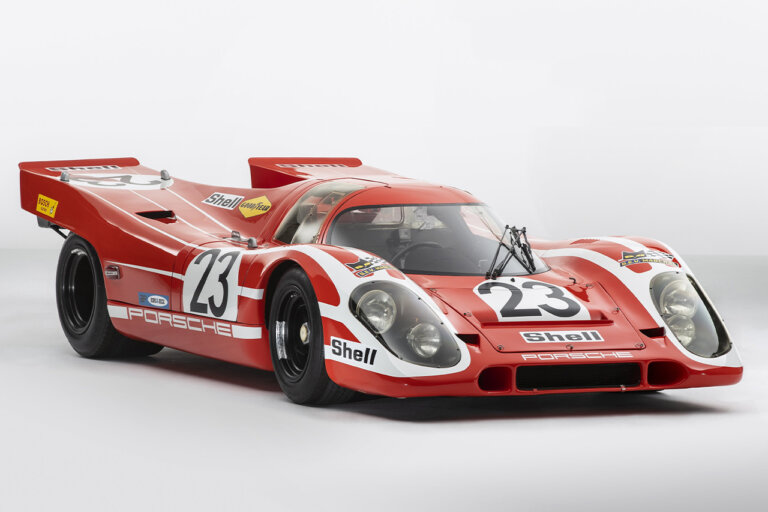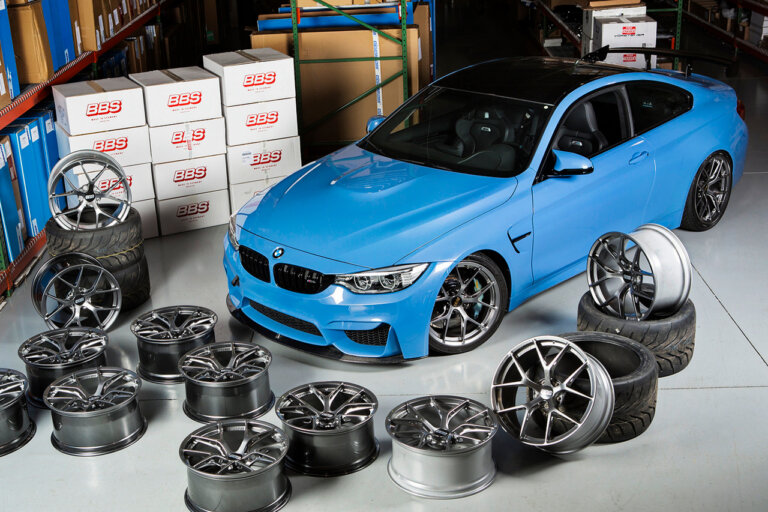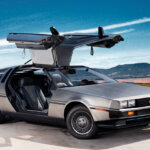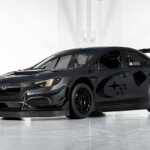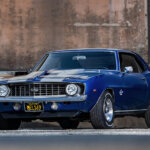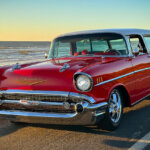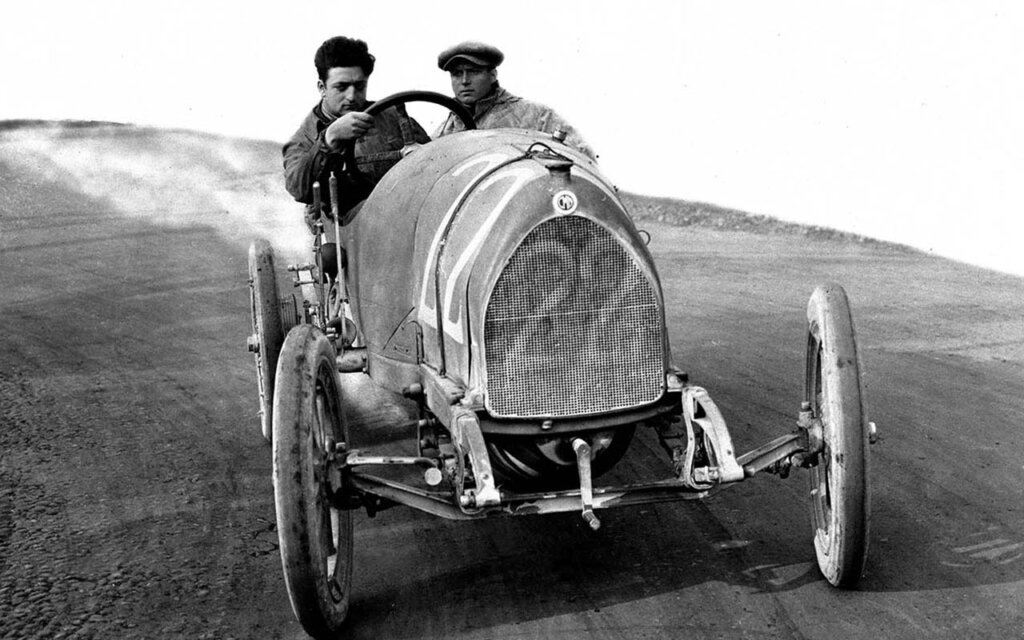
Source: Ferrari Media Centre
As the visionary behind the iconic Ferrari and Scuderia Ferrari, Enzo Ferrari made a lasting impact in high-performance sports cars. Fuelled by a passion for racing and an unrelenting quest for excellence, Enzo Ferrari created some of the most sought-after and valuable cars in the history of automotive engineering. Hailing from Modena, Italy, Ferrari’s evolution from an aspiring racing enthusiast to the stalwart leader of an automotive dynasty is a narrative woven with unyielding resolve, groundbreaking innovation, and an unwavering dedication to pushing the limits of automotive potential.
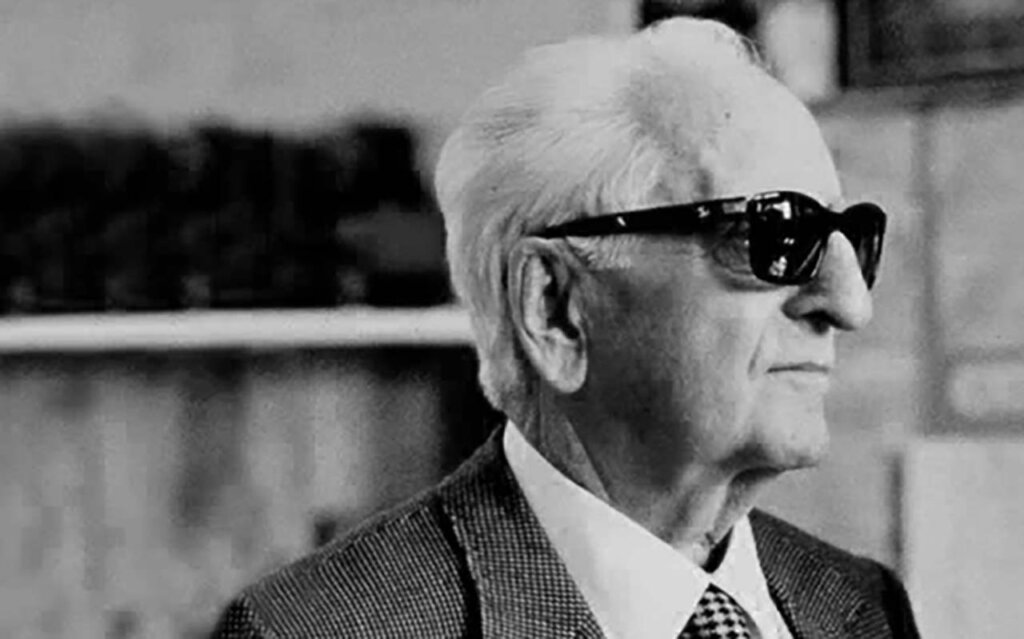
Racing Career
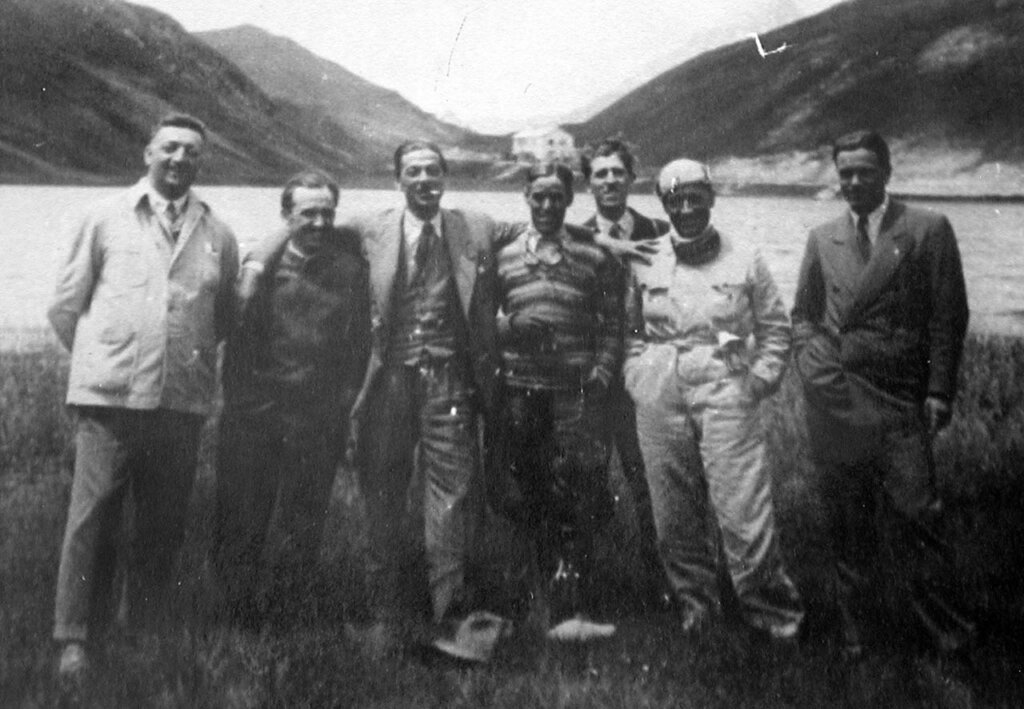
After the collapse of his family’s carpentry business, Enzo Ferrari embarked on a quest to find a job within the automotive industry. His initial attempts to offer his services to Fiat in Turin were met with disappointment, eventually leading him to secure a position as a test driver with C.M.N. (Costruzioni Meccaniche Nazionali), an automobile manufacturer in Milan specializing in refurbishing used truck bodies into compact passenger cars. His tenacity and skill soon earned him a promotion to the role of a race car driver. Enzo Ferrari made his competitive debut in the 1919 Parma-Poggio di Berceto hillclimb race, where he clinched a commendable fourth place in the three-liter category, steering a 2.3-liter 4-cylinder C.M.N. 15/20. On November 23 of that same year, he participated in the Targa Florio, but an unfortunate fuel tank leak forced him to retire from the race. Nevertheless, due to a high number of retirements among other racers, he managed to finish in the 9th position overall.
“I know that I am a man who has lived an adventure.”
Enzo Ferrari
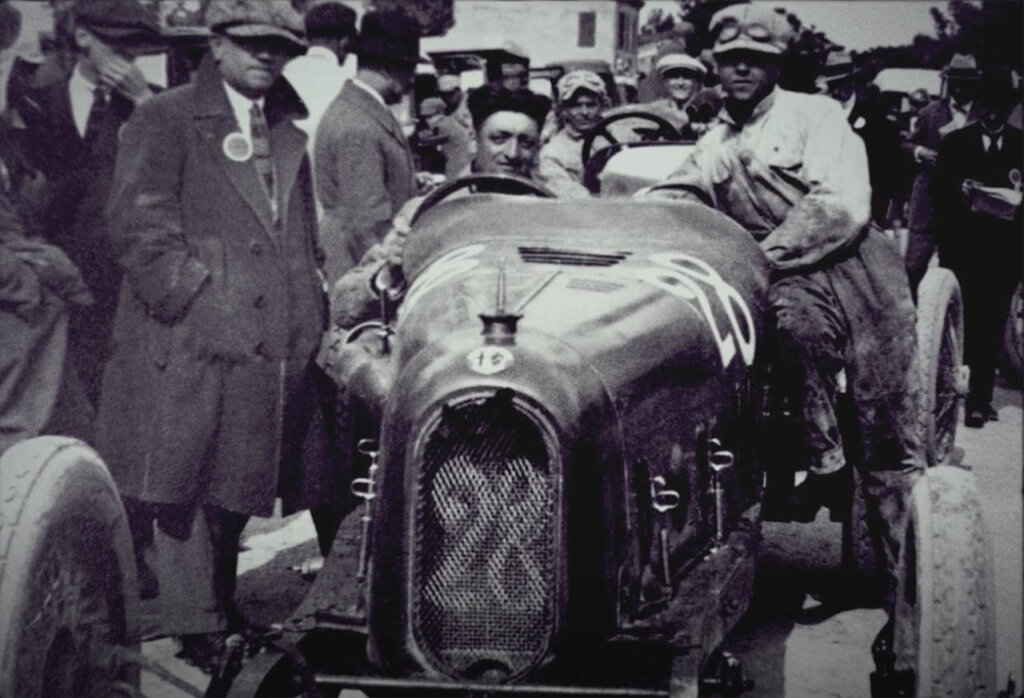
In 1920, Enzo Ferrari entered the racing ranks when he joined the racing department of Alfa Romeo as a driver. His moment of triumph arrived in 1923 when he secured his first Grand Prix victory on the challenging Savio Circuit in Ravenna. The year 1924 marked the zenith of his racing career, boasting an impressive three victories, including triumphant runs in Ravenna, Polesine, and the prestigious Coppa Acerbo in Pescara. However, the sport bore its share of tragedies as well, with the loss of Ugo Sivocci in 1923 and Antonio Ascari in 1925 profoundly affecting Ferrari. He confessed to racing with diminished enthusiasm after these heart-wrenching losses while simultaneously nurturing a newfound passion for the intricacies of Grand Prix race organization.
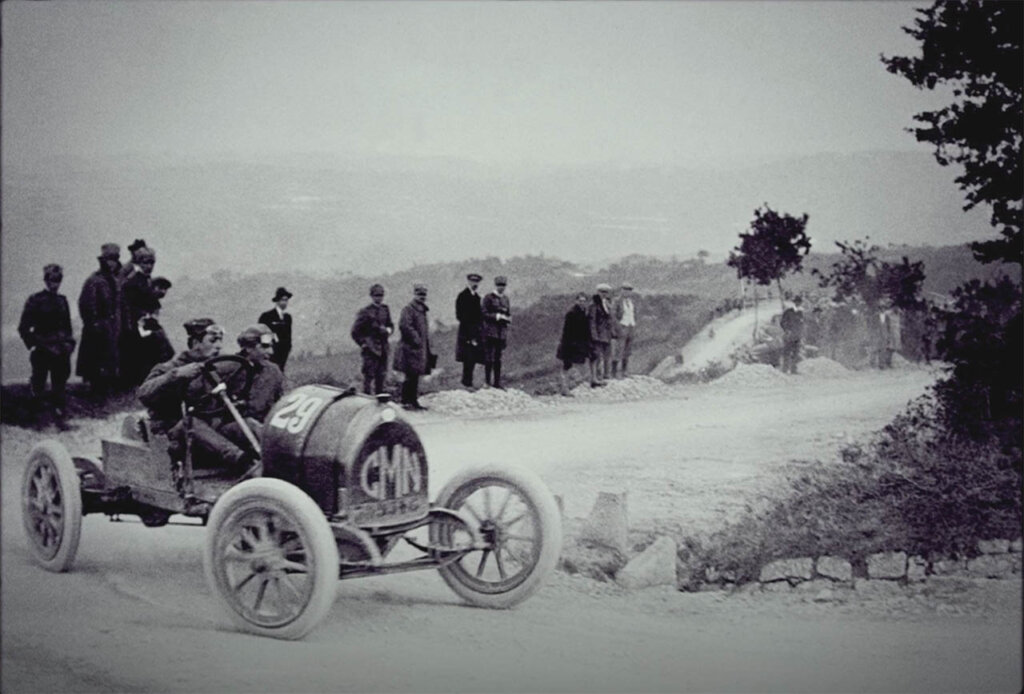
Source: Ferrari Media Centre
With the birth of his son Alfredo, affectionately known as Dino, in 1932, Ferrari made a pivotal decision to retire from competitive driving. He redirected his energy towards managing and developing Alfa Romeo’s factory racing cars, assembling a star-studded roster of drivers, including Giuseppe Campari and Tazio Nuvolari. This marked the genesis of Scuderia Ferrari, founded by Enzo in 1929, which operated as a racing division for Alfa Romeo. The collaboration proved highly successful, with exceptional cars like the Alfa Romeo P3 and the immense talent of drivers like Nuvolari propelling the team to victory. Enzo Ferrari concluded his competitive driving career with a record of 11 wins out of 41 Grands Prix in which he participated. During this era, the now-iconic prancing horse emblem began adorning his team’s cars, a symbol initially associated with Italian fighter pilot Francesco Baracca. In a poignant gesture, Baracca’s mother had gifted her son a necklace featuring the prancing horse just before his fateful mission during World War I, where he was shot down by an Austrian plane in 1918. In tribute to Baracca’s memory, Ferrari adopted the prancing horse as the emblem for his racing endeavors, eventually becoming the universally recognized Ferrari shield. While initially displayed on Alfa Romeos, the emblem made its debut on a Ferrari car in 1947.
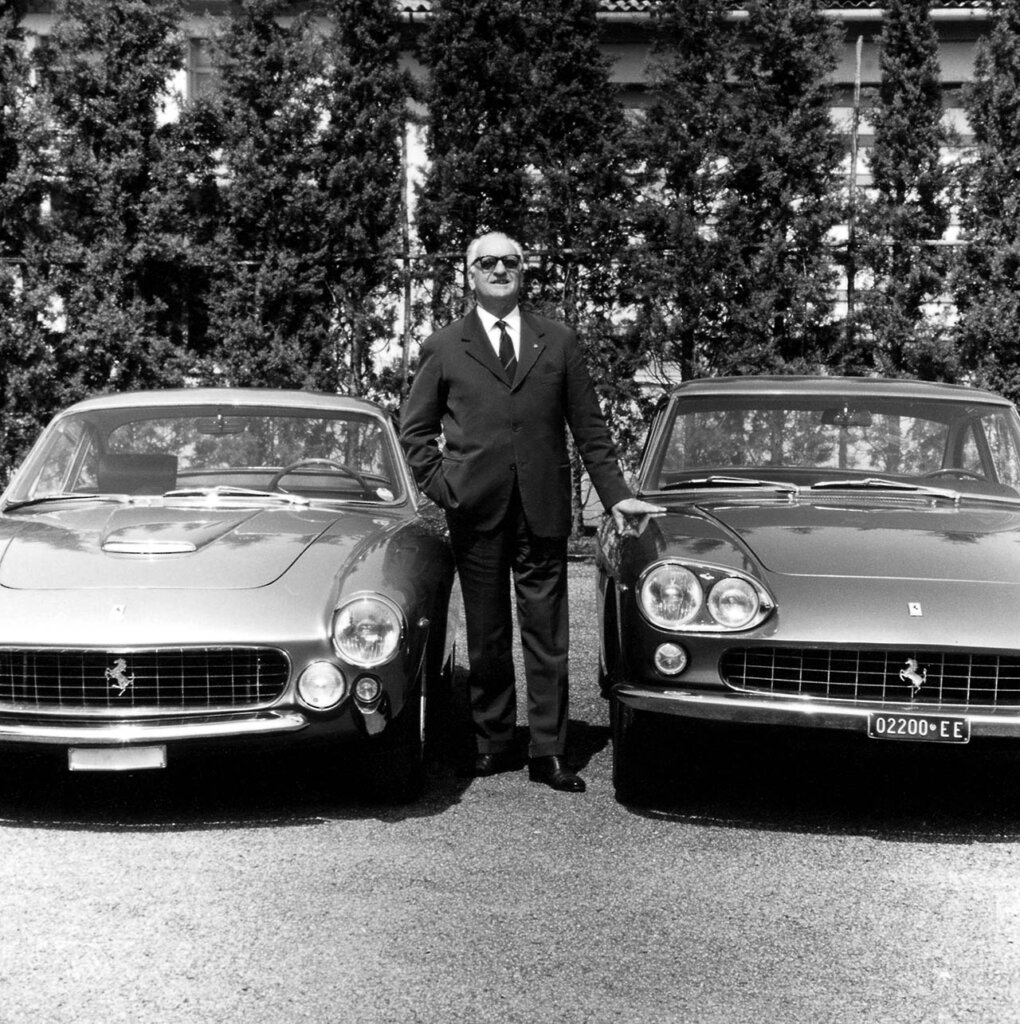
Rise of Ferrari
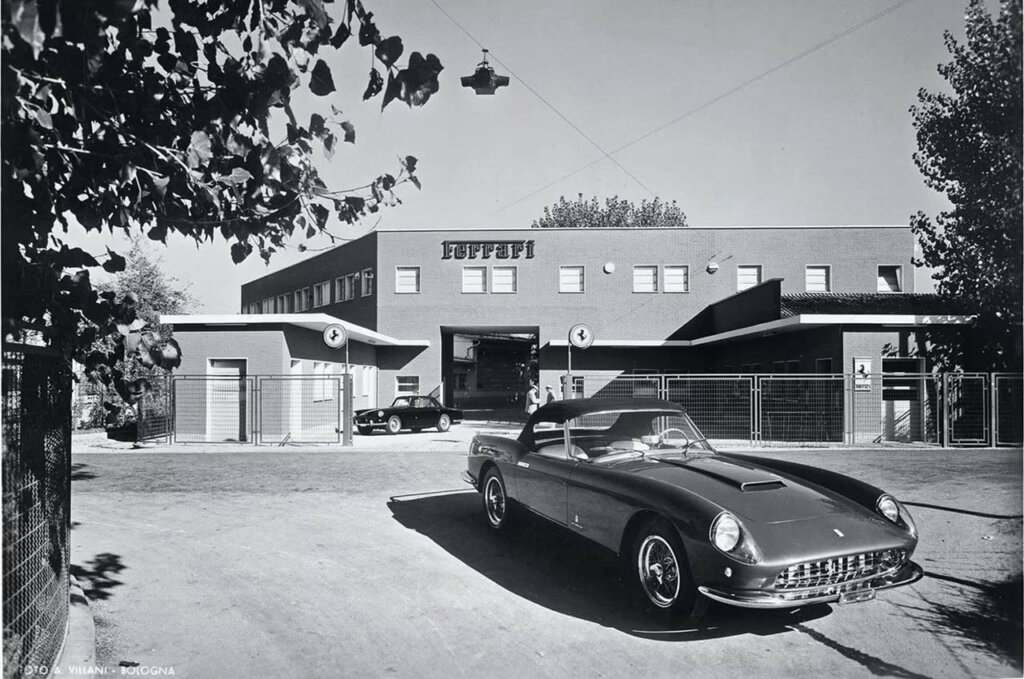
Source: Ferrari Media Centre
Alfa Romeo initially joined forces with Ferrari’s racing team, committing to support them until 1933. However, due to financial constraints, Alfa Romeo made the regrettable decision to withdraw their backing, only to later reverse this course of action thanks to the timely intervention of Pirelli. Despite boasting a roster of highly skilled Scuderia drivers, the team faced a formidable challenge in competing with the dominant forces of Auto Union and Mercedes during this era.
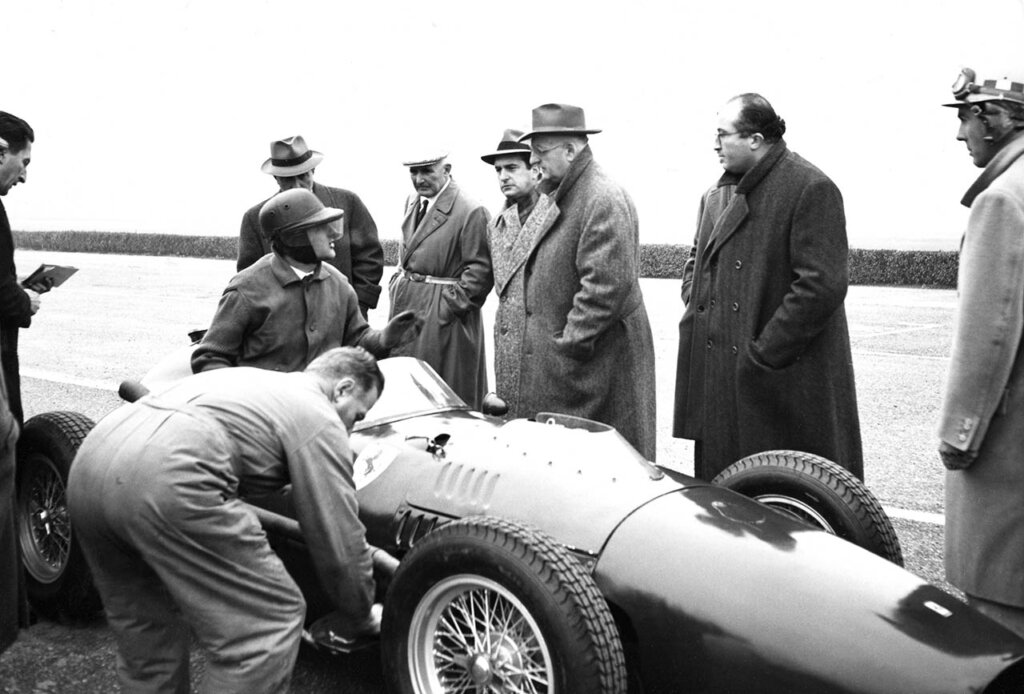
Source: Ferrari Media Centre
In 1937, Scuderia Ferrari saw its dissolution, leading Enzo Ferrari to return to Alfa Romeo’s racing team, rebranded as “Alfa Corse.” Alfa Romeo, desiring to reclaim full control over its racing division, retained Ferrari as the Sporting Director. However, a rift developed between Ferrari and Alfa’s managing director, Ugo Gobbato, leading Ferrari to part ways in 1939. He went on to establish Auto-Avio Costruzioni, a company specializing in providing components to other racing teams. The eruption of World War II compelled Ferrari’s factory to pivot towards war production for the Italian government. Subsequent to Allied bombing raids on the factory, Ferrari relocated from Modena to Maranello.
“A car maker need be neither an engineer nor a technician. He must be someone who loves his passion for cars, and he must be someone who knows a lot about human beings. His job is to harmonize the ambitions of his collaborators.”
Enzo Ferrari
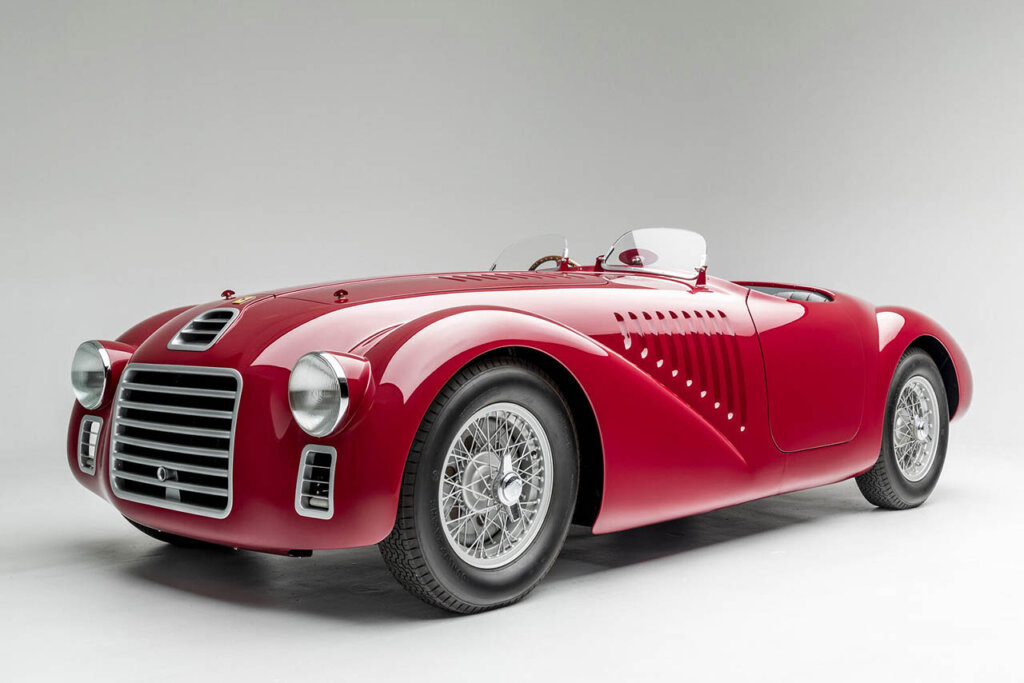
Source: Petersen Automotive Museum
As the war came to a close, Ferrari made the pivotal decision to commence the production of cars bearing his own name. This monumental step led to the founding of Ferrari S.p.A. in 1947, marking the birth of one of the world’s most celebrated and prestigious automobile manufacturers.
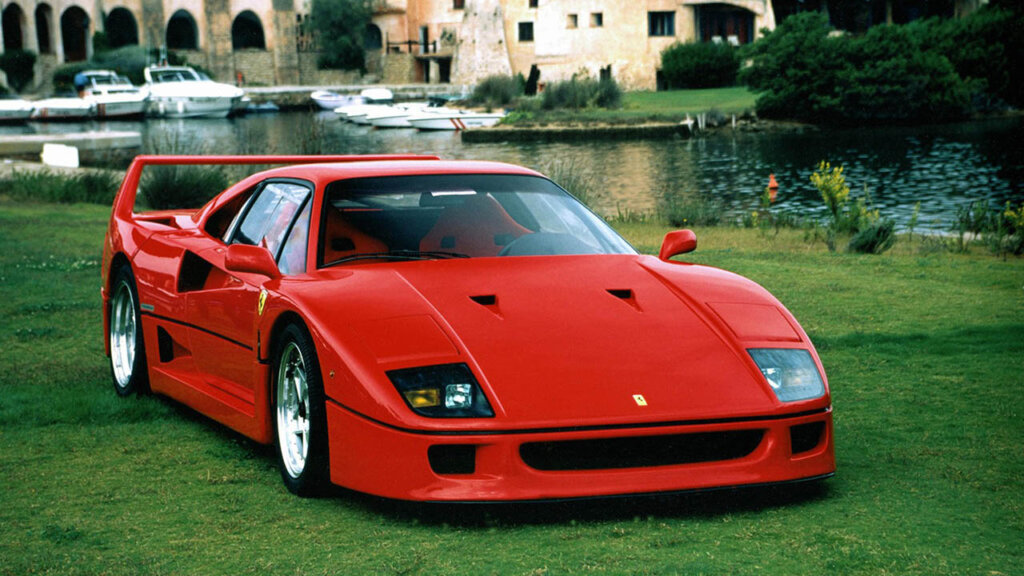
Source: Ferrari Media Centre
Controversy & Turmoil

Source: Ferrari Media Centre
In the midst of his rapid ascent in the racing industry during the 1950s, Ferrari faced profound personal challenges. Perhaps the most devastating blow was the loss of his son, Dino, to muscular dystrophy in 1956. This tragic event turned him into a recluse, shrouded in grief. In addition to this profound loss, six of his drivers met untimely deaths between 1955 and 1965. Furthermore, Ferrari found himself on trial for manslaughter after one of his cars tragically veered into a crowd at the 1957 Mille Miglia, resulting in the loss of nine spectators’ lives, though he was ultimately acquitted.
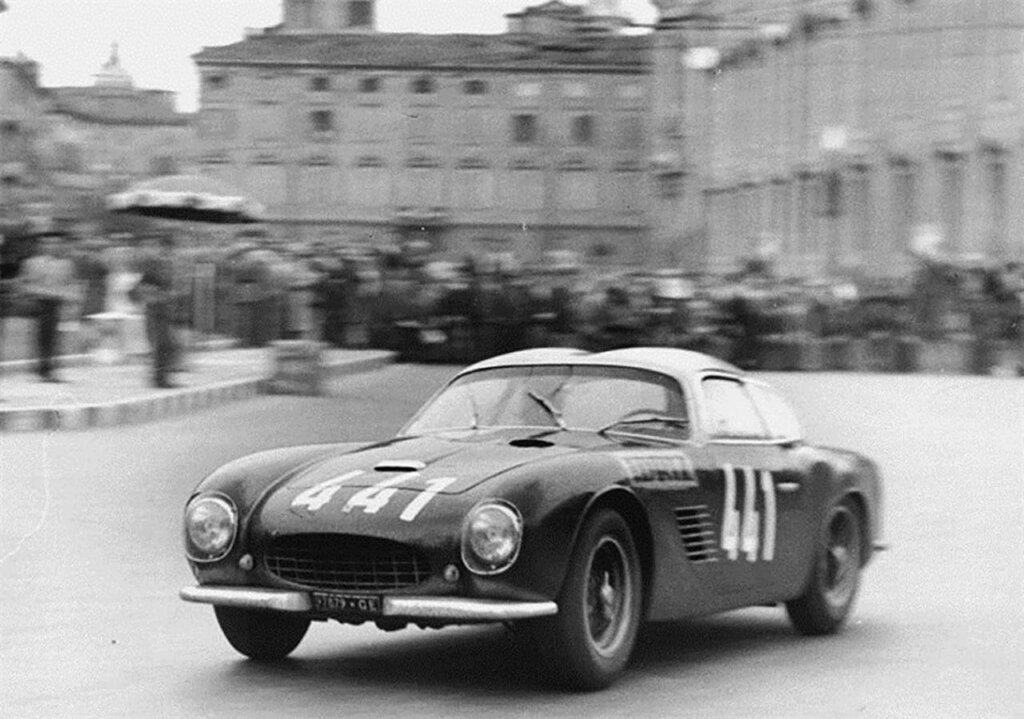
Source: Ferrari Media Centre
The “Palace Revolt” of 1961 witnessed the departure of several top engineers and executives from Ferrari’s company, reportedly stemming from a dispute over the involvement of his wife. Just two years later, he engaged in serious negotiations with the Ford Motor Company regarding a potential merger of their operations, only to withdraw at the last moment due to concerns about relinquishing control. Finally, in 1969, financial difficulties forced Ferrari to relinquish a 50-percent stake in the company to Fiat, marking a significant shift in his control over the business. By the late 1970s, Enzo Ferrari resigned as president of his company, but still had some control of the Ferrari company.
Enzo Ferrari’s Legacy

Enzo Ferrari stands as an example of unyielding love for racing and unwavering commitment to his work that turned a modest racing endeavor into a legendary name in the automotive world. Despite enduring personal tragedies and controversies, Ferrari’s relentless pursuit of excellence and unwavering commitment to his vision led to the creation of the Ferrari brand we know today.. His legacy endures not only in the stunning cars bearing his name but also in the spirit of innovation and competitiveness that continues to define the world of motorsports. Enzo Ferrari’s impact on the automotive and racing world remains an enduring tribute to a true visionary and an icon in the history of motorsports.
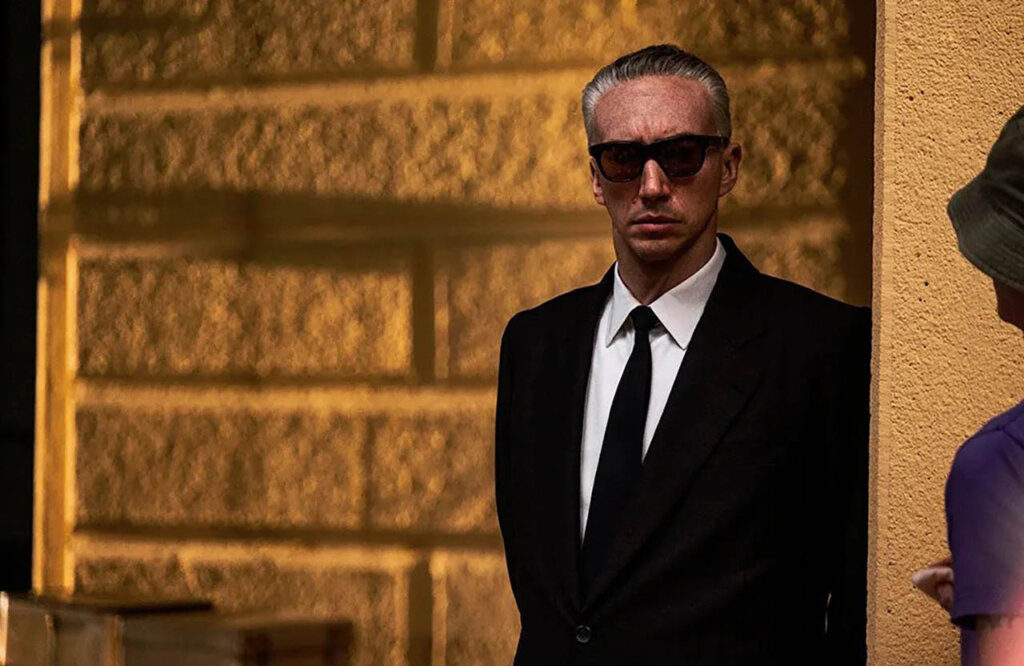
Source: Neon

